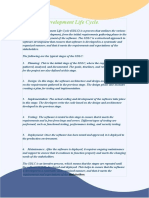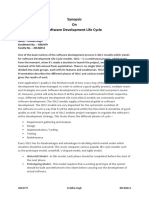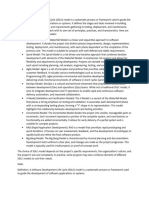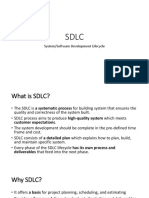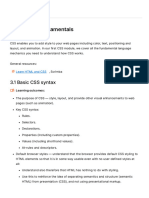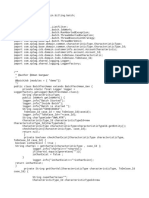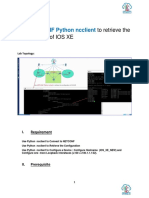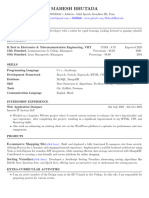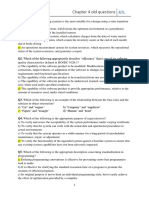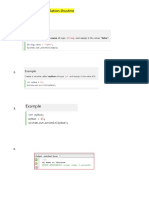Software Development Life Cycle (SDLC)
1. Introduction
The Software Development Life Cycle (SDLC) is a structured process used for planning,
developing, testing, deploying, and maintaining software systems. It provides a systematic
approach to software development and ensures that the final product meets customer
requirements. SDLC helps organizations minimize risks, control costs, and deliver high-quality
software on time.
The SDLC framework consists of several phases, each with specific goals and deliverables. It also
provides a roadmap for teams to follow, improving collaboration and productivity. By adopting
SDLC, businesses can ensure consistency, predictability, and continuous improvement in their
software development practices.
�2. Phases of SDLC
Requirement Analysis:
In this phase, stakeholders and business analysts gather and document requirements for the
software. Clear requirements help prevent misunderstandings and ensure that the system aligns
with business goals.
System Design:
Based on requirements, the system design phase creates architecture, data models, and user
interface designs. It serves as a blueprint for developers, reducing risks during coding.
Implementation (Coding):
In this phase, developers write code based on design documents. Programming best practices and
standards are followed to ensure maintainability and quality of code.
Testing:
Software is thoroughly tested to identify and fix defects. Various tests, such as unit testing,
integration testing, and user acceptance testing, are performed to ensure the system meets
requirements.
Deployment:
Once testing is successful, the software is deployed to production. Deployment may involve gradual
rollout or full implementation, depending on the project approach.
Maintenance:
After deployment, the software enters maintenance mode. This involves fixing issues, releasing
updates, and improving performance to meet evolving user needs.
�3. SDLC Models and Benefits
Common SDLC Models:
1. Waterfall Model: A linear and sequential model where each phase must be completed before
moving to the next. 2. Agile Model: An iterative and flexible model focusing on collaboration and
continuous delivery. 3. Spiral Model: Combines iterative development with risk analysis for complex
projects. 4. V-Model: Emphasizes testing at each stage of development. 5. Iterative Model: Focuses
on incremental releases with continuous improvement.
Benefits of SDLC:
1. Provides a clear structure for software development projects. 2. Reduces risks by identifying
issues early in the process. 3. Improves collaboration among stakeholders, developers, and testers.
4. Ensures higher quality and customer satisfaction. 5. Facilitates better project planning and cost
control.
In conclusion, the SDLC is essential for delivering reliable, scalable, and efficient software systems.
By following its structured phases and models, organizations can achieve successful software
outcomes.



















